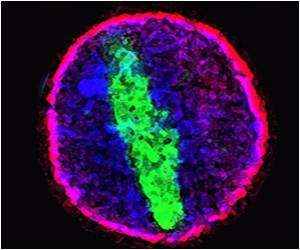This eDNA or eRNA can give researchers a timely view into disease spread, which “can help predict the spread of pathogens to nearby new and susceptible geographic locations and populations in advance, providing opportunities to implement prevention and mitigation strategies,” said a team of researchers, including Jessica Farrell from the University of Florida.
‘Wastewater detection of SARS-CoV-2 eRNA increased rapidly prior to medical detection of human outbreaks in those regions, with environmental virus concentration peaking at the same time or before the number of human-detected cases, providing advanced warning of a surge in infected individuals.’
With this advanced knowledge, crucial and limited medical resources can be provisioned where they will be most needed, the team wrote in the journal BioScience.
The benefits of eDNA and eRNA analysis are not limited to the detection of human pathogens; the authors describe the ways in which these tools also help in understanding the presence and transmission of pathogens that hamper wildlife conservation efforts, such as the turtle-specific DNA virus, chelonid herpesvirus 5.
eDNA monitoring of this pathogen may help researchers evaluate the disease’s spread — in particular, the idea that the virus is most frequently transmitted by “superspreader” individuals.
Source: IANS



